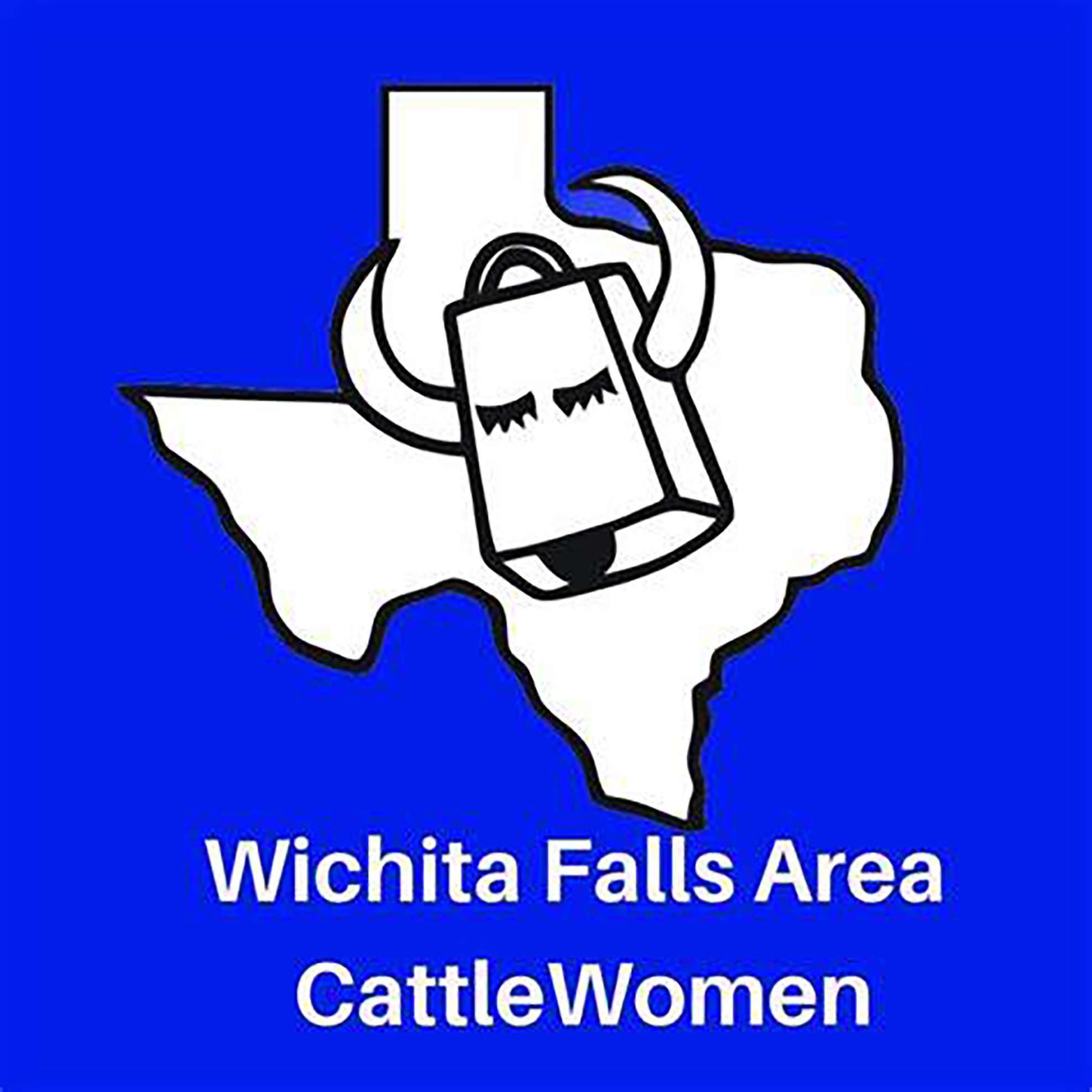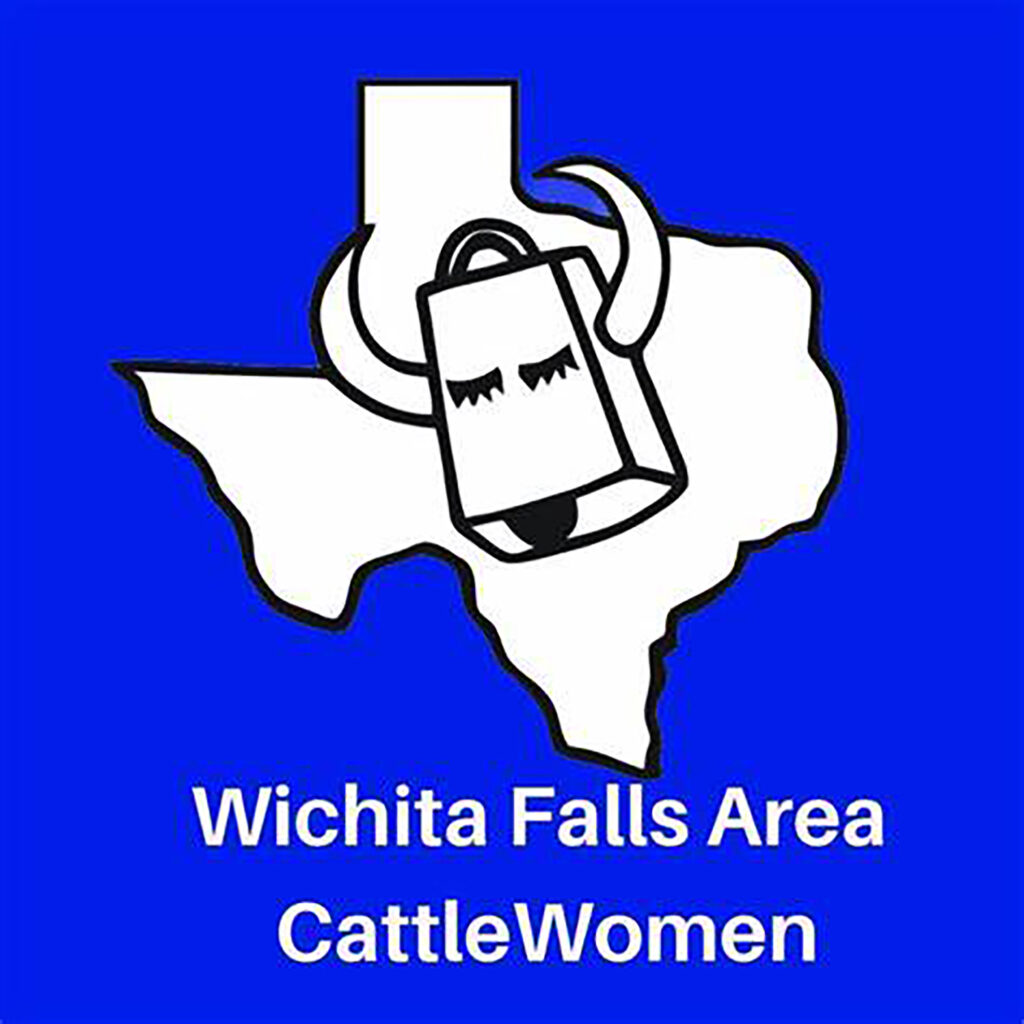HOME
Grazing North Texas – Illinios Bundleflower

By Tony Dean
Illinois bundleflower is a premier native forb that can be found in all parts of Texas, although it is less prevalent in the extreme western area. It is one of the “Big Four” of highly desirable native forbs that also includes Maximilian sunflower, bush sunflower and Englemann’s daisy. All of these forbs can be found in North Texas.
This perennial legume grows from a branching woody taproot with several erect stems one to three feet tall. The fern-like leaves are up to four inches long. Flowers are white to greenish powder-puff-like globes, from one-half to one inch diameter. Each plant produces 30 to 50 flowers.
The fruit is a tight cluster of flat, curved seedpods, each pod being three fourths to one and one-quarter inches long, and containing two to six beans. The seedpods are green when growing then turn brown at maturity, with the mature pods splitting to drop the seeds.
The seeds may remain in the cluster for many months, thus extending the wildlife food value of the plant. Illinois bundleflower is highly desired by all classes of livestock, thus it decreases in abundance on grazing lands that are heavily grazed.
Crude protein of the leaves and stems can run 17 to 20 percent during much of the early and mid-growing season. It is an important indicator of range heath. Proper grazing use and rotational grazing will help to maintain this beneficial plant as a part of the landscape. This forb is also desired by deer and antelope, and the seeds are utilized by dove, quail, turkey, and songbirds. The flowers are heavily visited by many species of pollinators.
To read more pick up a copy of the Dwecember 2018 NTFR issue. To subscribe call 940-872-5922.
HOME
Preparing Spring Gardens

By Hannah Claxton | Editor
The North Texas area is located within USDA Hardiness zones seven and eight. The zones are categorized by predicted low temperatures for winter and timing of the first and last frosts.
Zone seven usually has winter low temps between 0 and 10 degrees F with the average date of the first frost falling between Oct. 29 and Nov. 15 and the average date of the last frost falling between March 22 and April 3.
Overall, these two zones have similar climates and growing conditions, making the options for timing and variety within a garden very similar.
In these zones, cool-season crops should go in the ground in March, meaning that soil preparation should start now.
To read more, pick up a copy of the January edition of North Texas Farm & Ranch magazine, available digitally and in print. To subscribe by mail, call 940-872-5922.

HOME
Equine Vaccinations

By Heather Lloyd
Vaccinations are a critical component of maintaining the health and well-being of horses, especially in environments where they are exposed to other animals, such as in the sport, show and performance arenas. Horses, like all animals, are susceptible to various infectious diseases that can spread quickly and cause serious harm.
A routine vaccination schedule helps prevent the spread of these diseases by preparing the horse’s immune system.
To read more, pick up a copy of the November edition of North Texas Farm & Ranch magazine, available digitally and in print. To subscribe by mail, call 940-872-5922.

HOME
Wichita Falls Area Cattlewomen

Having herds on a controlled breeding schedule means that we have a predictable calving schedule, and while it’s only over a couple of months, for us it does fall right after the start of the year. I lobby annually to call ours the “Winter calving season”, but I am outvoted and my husband still refers to it as Spring. Unlike producers in our Northern States, we don’t have to contend with brutally harsh winter weather, and on those rare times we do, thankfully it is not for extended periods. Regardless of whether you have a Spring or a Fall calving schedule, the health of a newborn calf begins with the mother’s health, and the mother’s health is largely dependent on the producer.
To read more, pick up a copy of the November edition of North Texas Farm & Ranch magazine, available digitally and in print. To subscribe by mail, call 940-872-5922.

-

 Country Lifestyles2 years ago
Country Lifestyles2 years agoScott & Stacey Schumacher: A Growth Mindset
-

 Country Lifestyles8 years ago
Country Lifestyles8 years agoStyle Your Profile – What your style cowboy hat says about you and new trends in 2017
-

 HOME8 years ago
HOME8 years agoGrazing North Texas – Wilman Lovegrass
-

 Outdoor10 years ago
Outdoor10 years agoButtercup or Primrose?
-

 Equine1 year ago
Equine1 year agoThe Will to Win
-

 Country Lifestyles5 years ago
Country Lifestyles5 years agoAmber Crawford, Breakaway Roper
-

 Country Lifestyles9 years ago
Country Lifestyles9 years agoJune 2016 Profile – The man behind the mic: Bob Tallman
-

 Country Lifestyles8 years ago
Country Lifestyles8 years agoDecember 2016 Profile, Rusty Riddle – The Riddle Way




